How to make yourself an effective ‘jackal’
The defensive breakdown is the single most important aspect of the modern professional game. The rate at which its ‘weight’ has increased exponentially can be illustrated by the following table:

In the old amateur days of the Seventies, the proportional weight fell on the set-piece, with more than three set-pieces for every breakdown. Now the complexion of the game has changed completely, with four-and-a-half breakdowns for every scrum or lineout called.
At the same time, the ball-in-play time has become far higher than it was in either the amateur era or the early years of professionalism, so that a new species of defender, who specializes in disrupting the opponent’s stream of possession, has been born. The ‘jackal’, who as his name suggests is an expert at scavenging ball taken into contact by the opposition.
In his excellent series of coaching videos on The Rugby Site, ex-Springbok and current Scotland defensive contact coach Richie Gray outlines the basics of stealing ball in the post-tackle phase, and the proper utilisation of equipment related to that activity in drills.
On Gray’s watch, South Africa became one of the most-feared jackaling sides in the world, featuring outstanding breakdown poachers such as Bismarck du Plessis, Francois Louw and Duane Vermeulen.
The improvement in the play of flanker Marcell Coetzee in this aspect of the game was there for all to see. When he first came into the South African side in 2012, Coetzee was a ‘stand-up’ ball-carrier in the typical South African tradition, without any perceptible qualities on the deck. After three years under Gray’s wing, he was no less effective at the post-tackle than his back-row colleagues Vermeulen and Louw. No higher compliment can be paid to the value of Gray’s teaching than that.
The recent Ireland-Australia match during the autumn series of internationals in Europe bears witness to the correctness of the techniques he teaches. Ireland have been at the top of the defensive contact tree in the Northern Hemisphere for many years, while the Wallabies have in the shape of David Pocock probably the best single jackal on the planet.
The contest in Dublin was therefore a match for the connoisseur of play at the defensive breakdown. Here are a couple of examples (one from each side) which demonstrate the quality of the technique on view that day:
The gif. reel features two separate incidents, the first a turnover penalty by Pocock for Australia, the second the same for Ireland effected by their tight-head prop Tadhg Furlong.
Let’s take a look at some of features these two examples have in common with Richie Gray’s teaching:
• ‘The Bounce’ – arrival at the tackle area. Both Pocock and Furlong arrive at the tackle area from ‘the wrong side’, after the ball-carrier has made some progress up the field. Neither chases their feet around the corner to enter the tackle area directly from their own end. They simply cut the corner and bounce up into their strongest position over the ball – at 18:37 (Pocock) and at 21:51 (Furlong). This is a short-cut the jackal has to take in order to be productive.
• ‘The low man wins’ – Richie Gray emphasizes the need to enter the tackle area with low body height, and sustain it throughout the contest for possession. The great American Football coach Vince Lombardi always used to tell his blockers, “The low man wins” – the man with underneath position has the advantage in all contact situations. In both clips, the shoulders of the first arriving cleanout player (the Ireland #5 and the Australian #6) are significantly higher than those of the jackal, giving the defender an advantage in leverage.
• No hands on the grass beyond the ball. Richie Gray also stresses the need to get hands on either the ball-carrier or the ball itself immediately. Supporting yourself on hands beyond the ball is one of the cues referees look for in order to deny and penalize the jackal (for not supporting your own bodyweight). The hands of both Pocock and Furlong therefore go straight on to the ball/carrier not on to the grass ahead of it.
• The steal – square back, the ‘far-away grip’ and riding out the hit. Despite cutting the corner to get into position to compete, both Pocock and Furlong have a ‘square back’ and are North-South (not side-on) as they contest the ball on the ground. They use a ‘far-away grip’ on the lowest point of the ball-carrier’s body they can reach without losing their feet, which makes them a much smaller target for the cleanout. As the Ireland #5 and Australian #6 hit high, they are both forced to make a compensation for the fact they cannot remove Pocock or Furlong with sheer physical impact. Ireland #5 tries to pull Pocock on to the ground, while the Wallaby #6 attempts to pick up Furlong’s legs – which results in a dangerous ‘spear tackle’ with Furlong’s head driven towards the ground. The speed and correctness of Pocock and Furlong’s technique in the early phase of the breakdown allows them to ride out the hit (look how Pocock ‘bends in the wind’ at 18:37) and draws out poor technique from the opposite side. That incurs penalty, and in the second instance a yellow card.
Summary
It is hard to do without a number of specialists in defensive contact in the modern game. With the number of breakdowns on the increase and set-pieces on the slide, they have become essential personnel.
It is no longer simply the duty of the traditional number 7 either. There are many front-rowers, scrum-halves and inside backs who can have a similar impact in this area to the open-side flanker.
Richie Gray’s series is great start-up pack for those looking to acquire these skills in contact. With his help, it is possible to win some of the most valuable ball in the game today – turnovers which allow you to turn defence into instant and damaging attack.
Nick has worked as a rugby analyst and advisor to Graham Henry (1999-2002), Mike Ruddock (2004-2006) and latterly Stuart Lancaster (2011-2015). He also worked on the 2001 British & Irish Lions tour to Australia and produced his first rugby book with Graham Henry at the end of the tour. Since then, three more rugby books have followed, all of which of have either been nominated for, or won national sports book awards. The latest is a biography of Phil Larder, the first top Rugby League coach to successfully transfer over to Union. It is entitled “The Iron Curtain”. Nick has also written or contributed to four other books on literature and psychology. "He is currently writing articles for The Roar and The Rugby Site, and working as a strategy consultant to Stuart Lancaster and the Leinster coaching staff for their European matches."
| Comments | |
|---|---|
| Topic | Breakdown |
| Applicable to | Coaches Players Others Supporters and fans Managers |
Related articles
How to make hay in the grey area at the defensive breakdownTo say that Leinster are playing closer to the line at the breakdown in recent times is an understatement.
Leading analyst Nick Bishop investigates why and the potential implications on the Irish national team.
Upwardly mobile or treading water? Are Razor’s All Blacks still on trend?Has Scott Robertson’s All Black’s abandoned Sir Wayne Smith’s highly successful ‘counter attack’ principles?
Nick Bishop compares the current iteration All Blacks against its Rugby Championship counterparts for answers
What is the best solution to an eight-man bench?How to get best use out of an eight-man bench? Nick Bishop looks at how teams are balancing their bench to suit their team strengths.
What defines the impact and effectiveness of a Jackaler/Pilferer?In this week’s analysis, analyst Nick Bishop breaks down the key metrics that define an effective jackaler/pilferer, using the current Super Rugby Pacific competition as a practical example.
What the new ‘escort’ rules mean for aerial contestablesThe new rules for ‘escort runners’ has created an unintended consequence and a far more open and less structured situation for both sides as Nick Bishop reports.



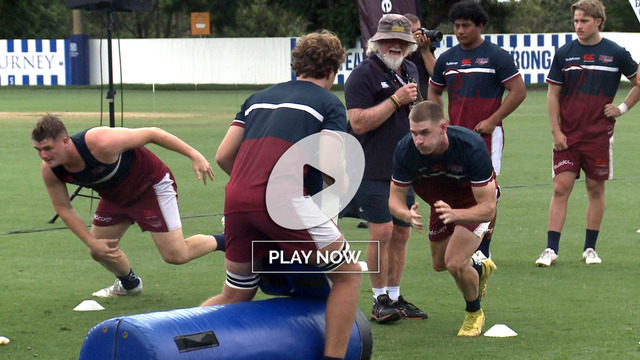
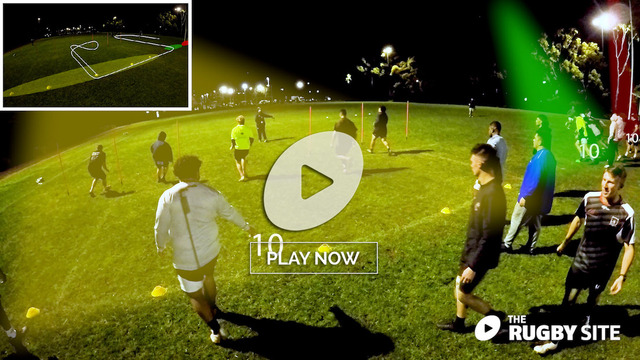

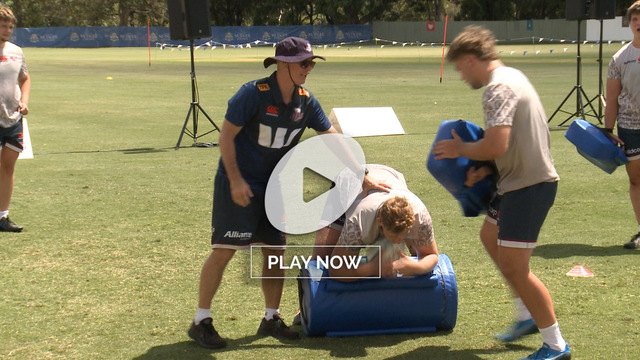
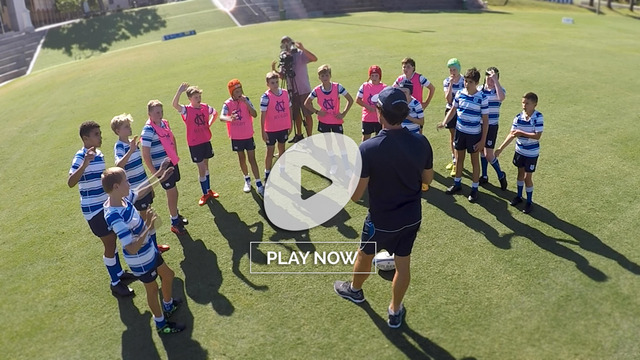

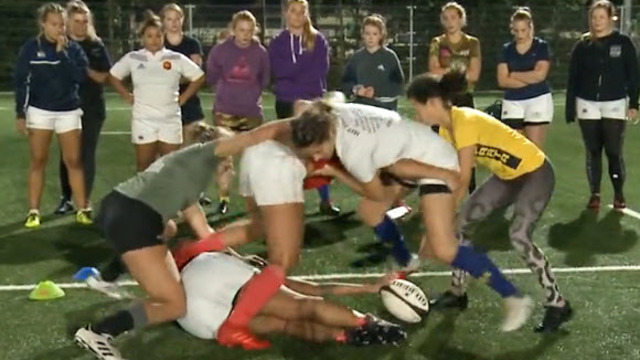

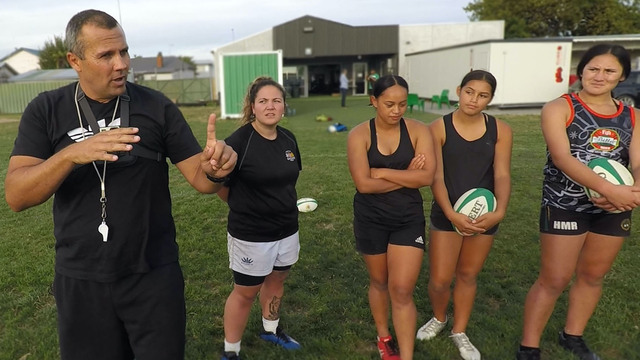

.jpg)
.jpg)
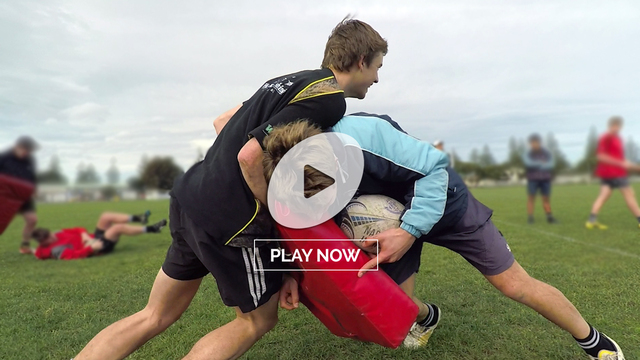
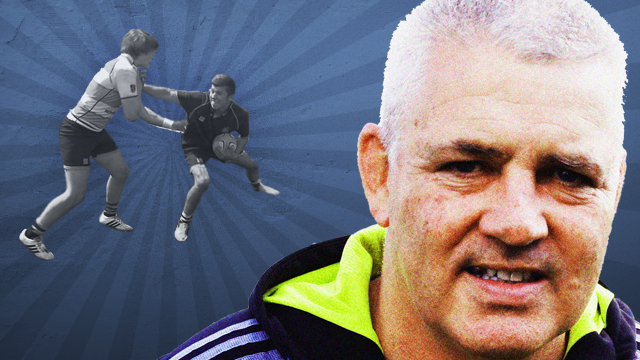
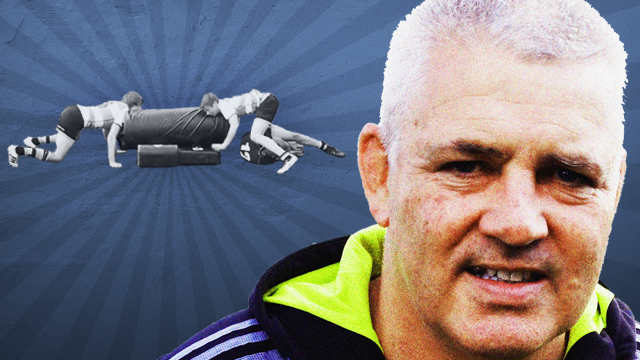

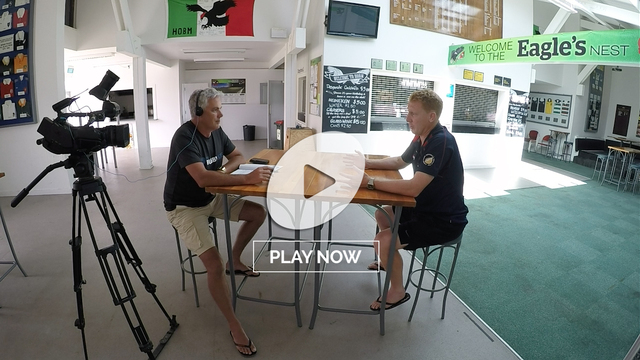
_no_button.jpg)

